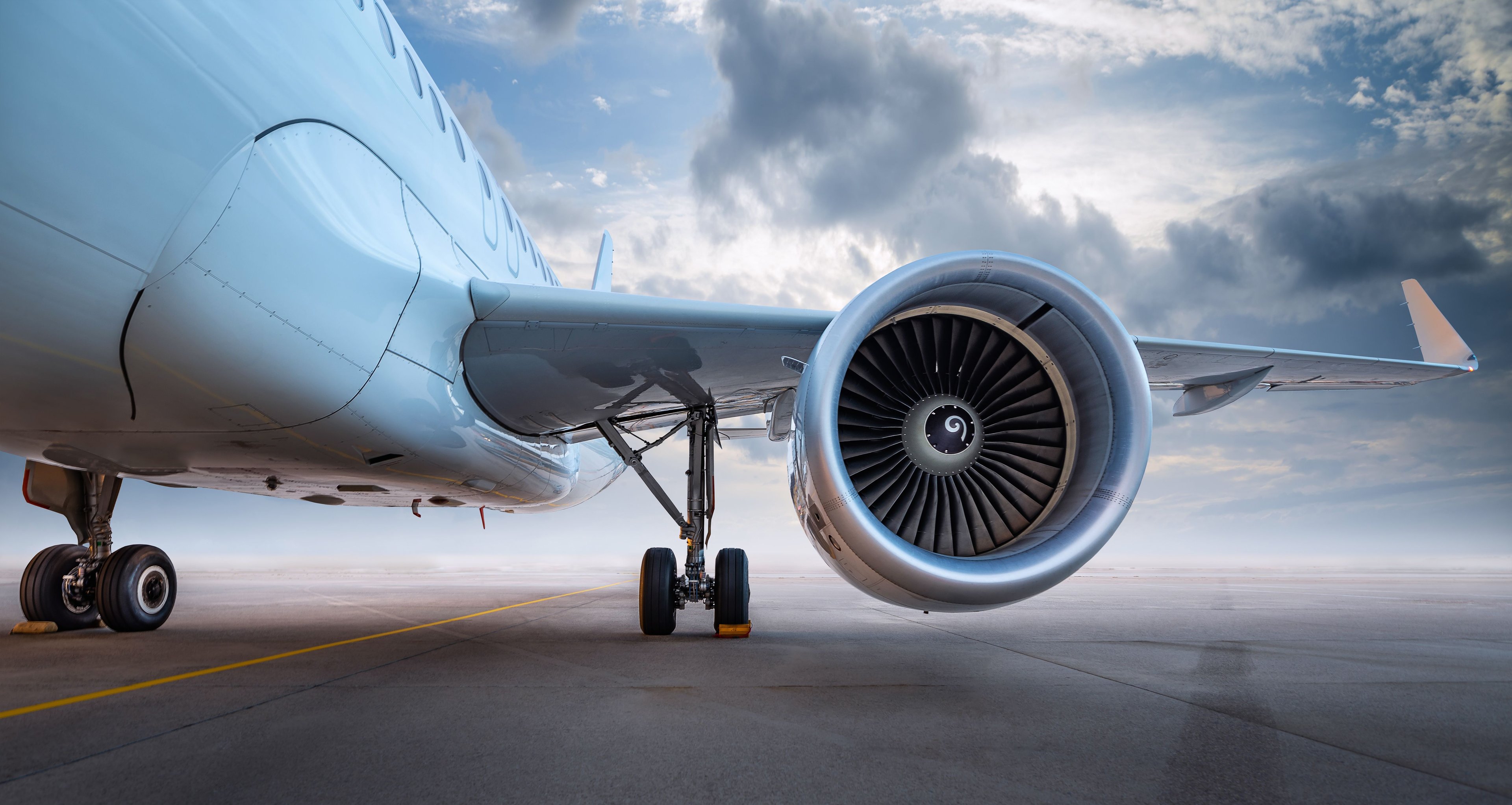Hawaiian Holdings (HA +0.00%) is soaring past investors' expectations once again. In what is becoming a familiar routine, the Hawaii-focused leisure airline raised its quarterly unit revenue forecast earlier this week. It also reduced its estimate for fuel costs.
Hawaiian Holdings shareholders reacted with approval, sending the stock flying 12% higher on Wednesday. The company's strong guidance update may also bode well for Alaska Air (ALK 1.81%), one of Hawaiian's biggest rivals in the West Coast-Hawaii air travel market.
Hawaiian Holdings Stock Performance. Data by YCharts.
Another favorable guidance update
Hawaiian Airlines posted by far the best unit revenue results in the airline industry last year, and it has maintained that momentum in the first half of 2017. Revenue per available seat mile (RASM) soared 7.6% in the first quarter, surpassing the company's original guidance. As of mid-April, the company expected a similar 5.5%-8.5% RASM gain in the second quarter.
On Tuesday afternoon, in conjunction with its May traffic report, Hawaiian updated its second-quarter guidance. It now expects RASM to skyrocket 7.5%-10.5% this quarter, whereas most other airlines are thrilled to be on track for low-mid single digit RASM growth in Q2.
Hawaiian Airlines attributed the guidance increase to better-than-expected fares and load factors in the domestic market. Indeed, the bulk of Hawaiian's unit revenue growth is likely coming from its routes between the mainland and Hawaii, which account for more than half of its revenue. RASM has been rising on international routes as well, but that has been offset by unit revenue pressure on routes within Hawaii lately, driven by competitive capacity growth.

Hawaiian Airlines' unit revenue has surged higher recently. Image source: Hawaiian Airlines.
Hawaiian Airlines also reduced its fuel cost guidance for the second quarter by $0.05 a gallon, due to recent oil price declines. The combination of faster unit revenue growth and lower fuel costs will allow the company to post ample earnings growth this quarter.
A favorable environment
There are two key factors supporting Hawaiian Airlines' strong unit revenue growth on routes to North America: one internal and one external.
On the internal side, Hawaiian Airlines is benefiting from an ongoing program to install lie-flat first class seats and additional extra-legroom economy seats on its A330 fleet. Customers are willing to pay more for these premium seats, so Hawaiian's retrofit program represents a big unit revenue growth driver.
The external environment is also favorable due to capacity declines on U.S.-Hawaii routes. Through the first four months of 2017, the number of seats on offer for travel from the U.S. mainland to Hawaii declined 1.7% year over year. (Hawaiian Airlines has contributed to this trend, as it has had to remove some seats from its A330s as part of its retrofit program.)
While capacity has been down year over year, demand is still rising. This has led to a big increase in load factors on flights to Hawaii, which typically allows airlines to raise prices as well.
Will Alaska Air also benefit?
Hawaiian Airlines is by far the biggest beneficiary of the current supply demand imbalance for routes between the mainland U.S. (especially the West Coast) and Hawaii. However, the West Coast-Hawaii market is also a big focus for Alaska Airlines, accounting for 15%-20% of its capacity in recent years.
Thus, Alaska Airlines should also get a meaningful unit revenue lift from its routes to Hawaii for as long as the supply demand imbalance lasts. It had a good start to the second quarter, with RASM up 5.6% year over year. About 3 percentage points of that growth related to a shift in the timing of Easter.
Alaska expects unit revenue to continue growing for the rest of the quarter, but it hasn't provided any forecast for the level of growth. Looking ahead to the rest of the year, Hawaii could be a bright spot in Alaska Airlines' route network, offsetting pressure from its rapid growth rate and a growing competitive battle with United Continental in San Francisco.
Nevertheless, while strong demand for travel to Hawaii could help Alaska Airlines keep unit revenue in positive territory, the carrier won't come close to matching Hawaiian Airlines' RASM growth. Hawaiian's clear unit revenue advantage over other U.S. airlines could keep its stock moving higher in the second half of 2017.





